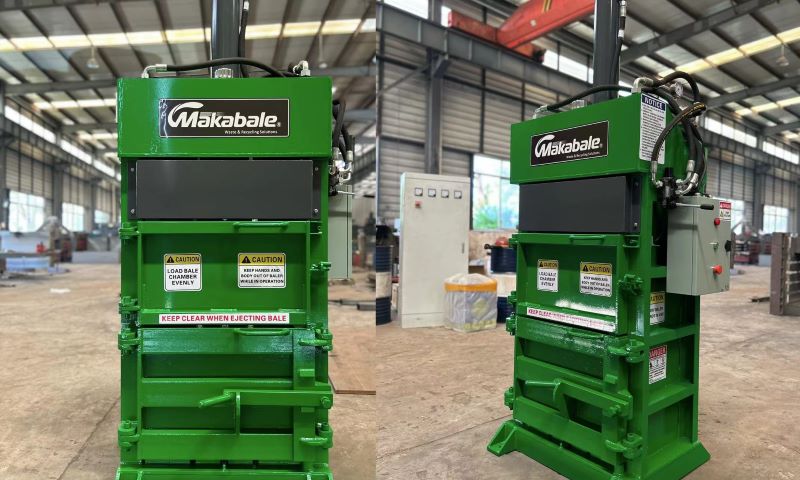In many commercial and industrial settings, managing waste efficiently is more than just a question of tidiness — it’s about space, cost, and environmental responsibility. One of the most common types of waste generated by businesses is cardboard, particularly in sectors like retail, warehousing, and manufacturing. To deal with this effectively, many organisations turn to a simple but highly effective machine: the cardboard baler.
A cardboard baler is designed to compress large volumes of waste cardboard into compact, manageable bales. Instead of overflowing bins, repeated tip runs, or piles of flattened boxes, businesses can use these machines to streamline their waste handling and reduce the amount of space cardboard takes up on-site. The result is a cleaner working environment, easier storage, and in some cases, a more valuable waste product.
Baling works on a straightforward principle. The user loads the machine with flattened cardboard, usually through a front-loading door. Once enough material has been added, the machine’s hydraulic press compacts the cardboard into a dense block. These blocks — known as bales — are then tied with wire or strapping and ejected for storage or collection. The process is quick, consistent, and can significantly reduce the volume of waste.
Cardboard balers come in different sizes and types depending on the volume of waste a business produces. Small vertical balers are common in shops, cafes, and smaller warehouses, while larger horizontal models are used in bigger facilities where large quantities of cardboard are processed daily. The choice of baler often depends on floor space, throughput, and whether the bales will be sold or collected as part of a recycling contract.
One of the main advantages of using a cardboard baler is cost efficiency. Loose cardboard takes up a lot of space, which can lead to frequent waste collections and higher disposal costs. Baling compresses this material, allowing businesses to reduce the number of collections they need — or even generate income if they’re able to sell baled cardboard to recycling companies. Over time, this can lead to significant savings and a more sustainable waste strategy.
There are also environmental benefits. By baling cardboard on-site and ensuring it enters the recycling stream properly, businesses play an active role in reducing landfill use and supporting circular waste management practices. For companies looking to improve their green credentials or meet environmental standards, having a baler can contribute to that goal in a practical, everyday way.
Health and safety is another consideration. Stacks of loose cardboard can become a hazard, particularly in busy storage or delivery areas. Using a baler keeps waste neatly contained and reduces the risk of tripping or fire hazards. It also creates a more organised, professional-looking workspace.
While a cardboard baler might not be the most glamorous piece of equipment in a business, it’s one of those tools that quietly improves operations. It helps save space, cut costs, reduce environmental impact, and maintain a safer working environment — all by dealing more efficiently with something most businesses produce every day.


